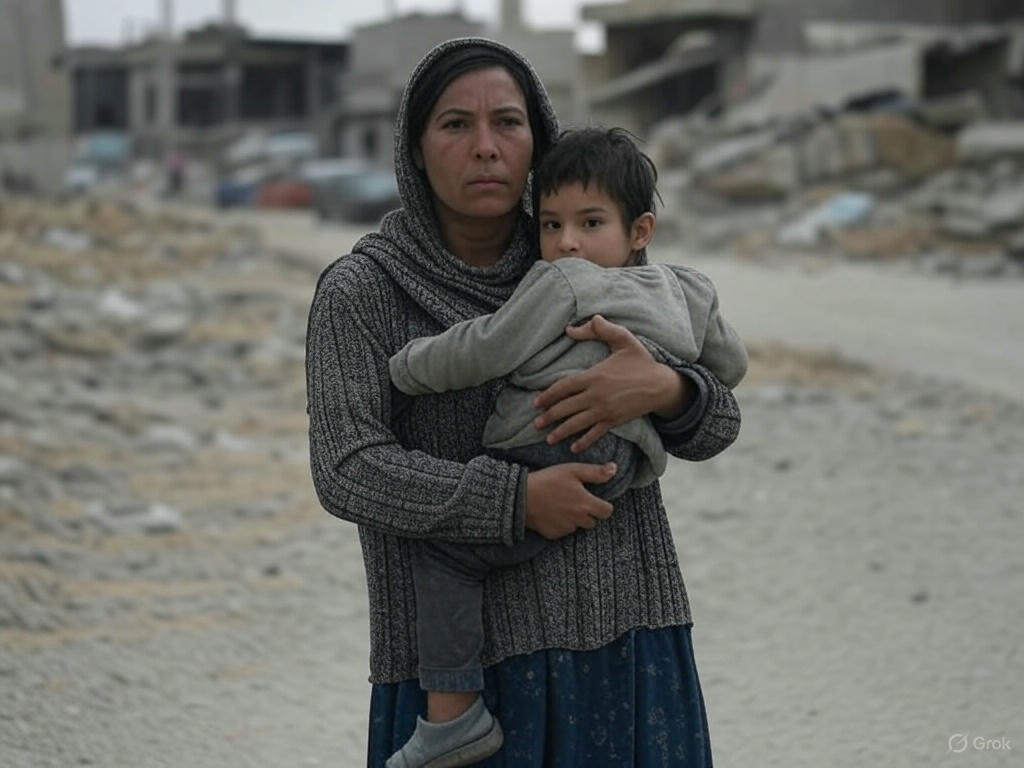War and Its Consequences: A Look at Today’s World
As of March 21, 2025, the world remains entangled in a web of conflicts that continue to shape societies, economies, and individual lives. From the ongoing war in Ukraine to the escalating tensions in the Middle East, armed conflicts are leaving deep scars on humanity. These current scenarios reveal the profound consequences of war—ranging from loss of life and displacement to environmental destruction and long-term psychological trauma. Yet, they also underscore the urgent need for preventive measures to halt the cycle of violence. This article explores the state of war today, its ripple effects, and actionable steps to foster peace.
Current Scenarios of War
The war in Ukraine, now in its third year since Russia’s full-scale invasion in February 2022, exemplifies the devastating toll of interstate conflict. Cities have been reduced to rubble, millions have fled as refugees, and civilian casualties continue to mount. Beyond the immediate destruction, the conflict has disrupted global food and energy supplies, with Ukraine’s role as a major grain exporter severely hampered. The involvement of external powers—such as North Korea reportedly supplying troops and Iran providing drones—has raised fears of a broader escalation, potentially drawing in NATO or other actors.
In the Middle East, the Israel-Gaza conflict persists with no clear resolution in sight. Following Hamas’s attack in October 2023, Israel’s military response has led to tens of thousands of deaths, widespread displacement, and a humanitarian crisis in Gaza. Tensions with Hezbollah in Lebanon and Iran’s regional influence threaten to ignite a larger war, with ripple effects felt across global oil markets and diplomatic relations. Meanwhile, civil wars in Sudan and Myanmar continue to displace millions and destabilize entire regions, often overshadowed by more prominent conflicts.
Elsewhere, hybrid warfare—combining conventional military tactics with cyberattacks and disinformation—marks a new frontier. Tensions between the United States and China over Taiwan, alongside disputes in the South China Sea, hint at the potential for future flashpoints. These scenarios collectively illustrate a world where conflict is not only persistent but increasingly complex, fueled by geopolitical rivalries, resource scarcity, and technological advancements.
Consequences of War
The consequences of these conflicts are staggering and multifaceted. First and foremost is the human cost. In Ukraine alone, tens of thousands have died, while Sudan’s civil war has claimed countless lives and left millions facing famine. Civilians bear the brunt, with women, children, and the elderly often the most vulnerable. Displacement is another grim reality—over 120 million people worldwide are forcibly displaced due to violence, a number that continues to climb.
Economically, wars wreak havoc. Ukraine’s infrastructure losses are estimated in the hundreds of billions, while global inflation has spiked due to disrupted supply chains. In Gaza, the destruction of homes, schools, and hospitals has crippled any semblance of normal life. Environmentally, the toll is equally dire. The use of explosives and chemical agents pollutes air, soil, and water, while deforestation and landmines render landscapes uninhabitable for generations—Vietnam’s lingering landmines from decades past serve as a haunting reminder.
Psychologically, the scars of war endure long after the fighting stops. Survivors grapple with trauma, grief, and mental health disorders, often with little access to support. Children growing up in conflict zones lose their education and innocence, perpetuating cycles of poverty and instability. Socially, trust erodes as communities fracture along ethnic, religious, or political lines, making reconciliation a distant dream.
Prevention Strategies to Stop War
While the consequences of war are dire, prevention is possible with concerted global effort. Here are actionable strategies to halt the march toward conflict:
1. Strengthen Diplomacy and Dialogue: Nations must prioritize negotiation over confrontation. Revitalizing institutions like the United Nations, particularly the Security Council, could enhance mediation efforts. Regular summits between rival powers—such as the U.S., China, and Russia—could reduce misunderstandings and build trust.
2. Address Root Causes: Poverty, inequality, and resource scarcity often fuel unrest. Investing in sustainable development—clean energy, education, and healthcare—can mitigate these triggers. For instance, tackling climate change could prevent resource wars over water or arable land.
3. Promote Education and Awareness: Public health approaches emphasize educating communities about the costs of war and the benefits of peace. Grassroots campaigns, supported by NGOs and governments, can shift public opinion and pressure leaders to seek nonviolent solutions.
4. Regulate Arms and Technology: The proliferation of weapons, from drones to nuclear arms, escalates conflicts. International treaties, like a renewed New START agreement, and stricter controls on arms exports could limit the tools of war. Addressing cyber warfare through global norms is equally critical.
5. Empower Local Peacebuilding: Supporting local leaders and civil society in conflict-prone areas fosters resilience. Programs that bridge divides—such as interfaith dialogues or youth initiatives—can prevent tensions from boiling over into violence.
A Call to Action
The world stands at a crossroads. Today’s conflicts are a stark reminder of war’s devastating toll, but they also offer a chance to rethink our approach. By addressing the root causes, strengthening global cooperation, and prioritizing peace over power, we can chart a different path. The cost of inaction is too high—measured not just in lives lost, but in futures destroyed.

